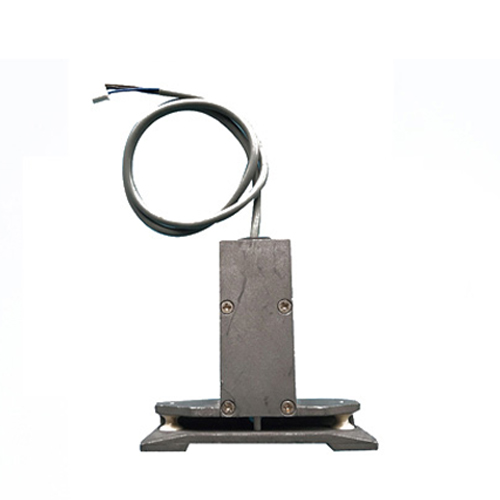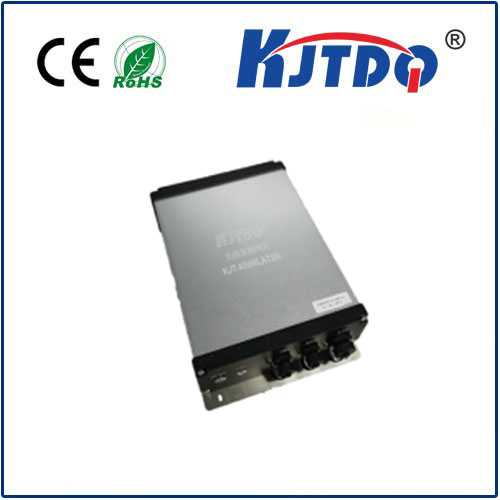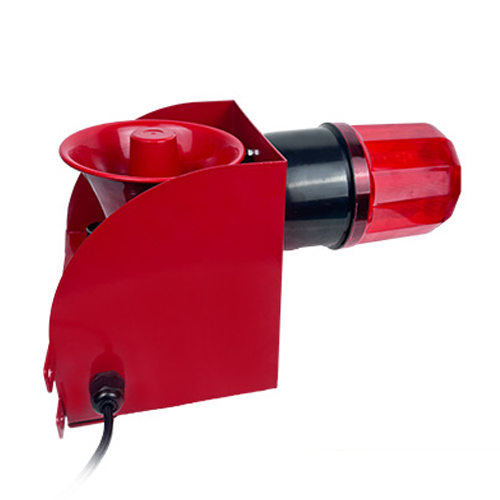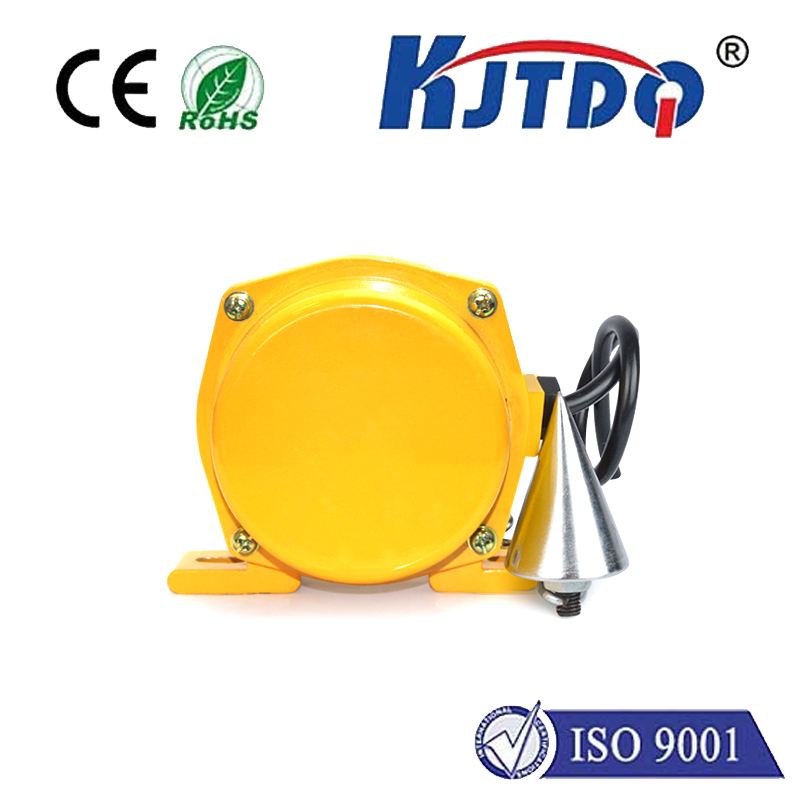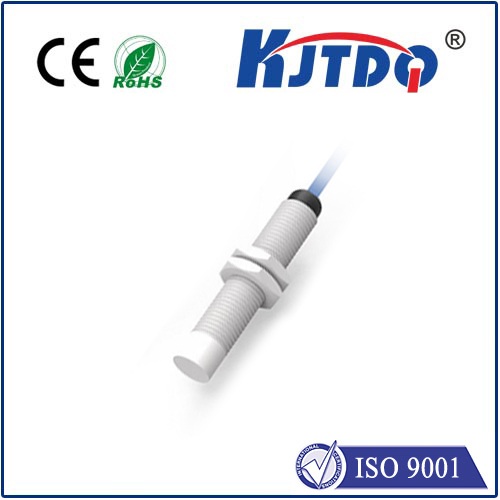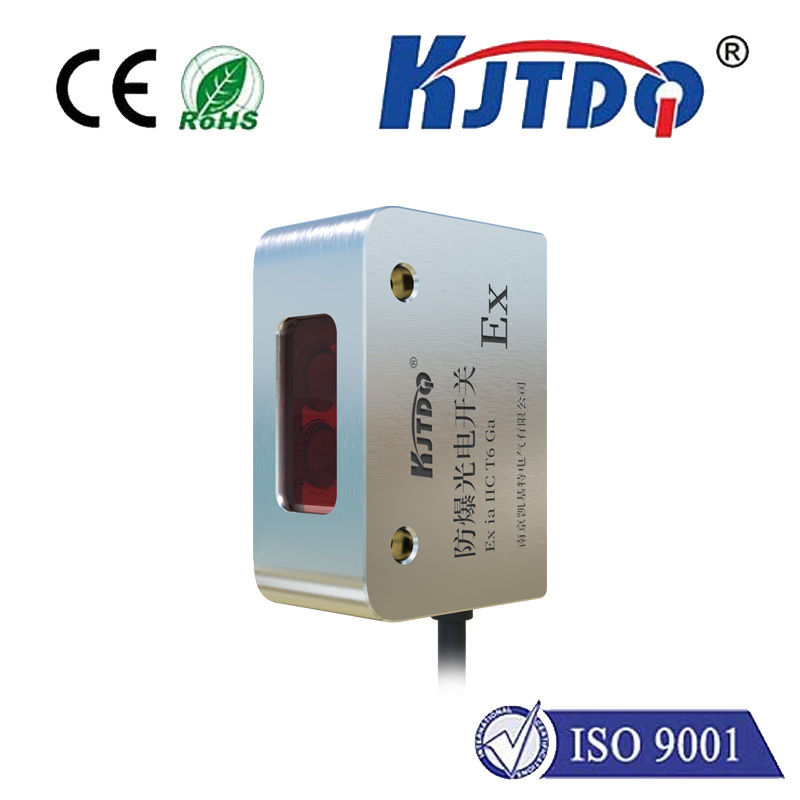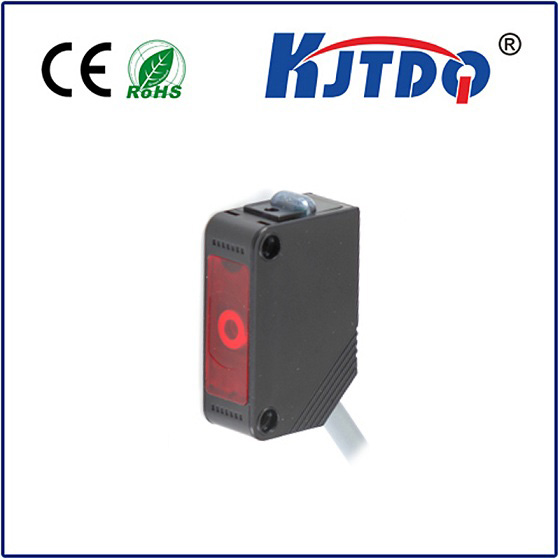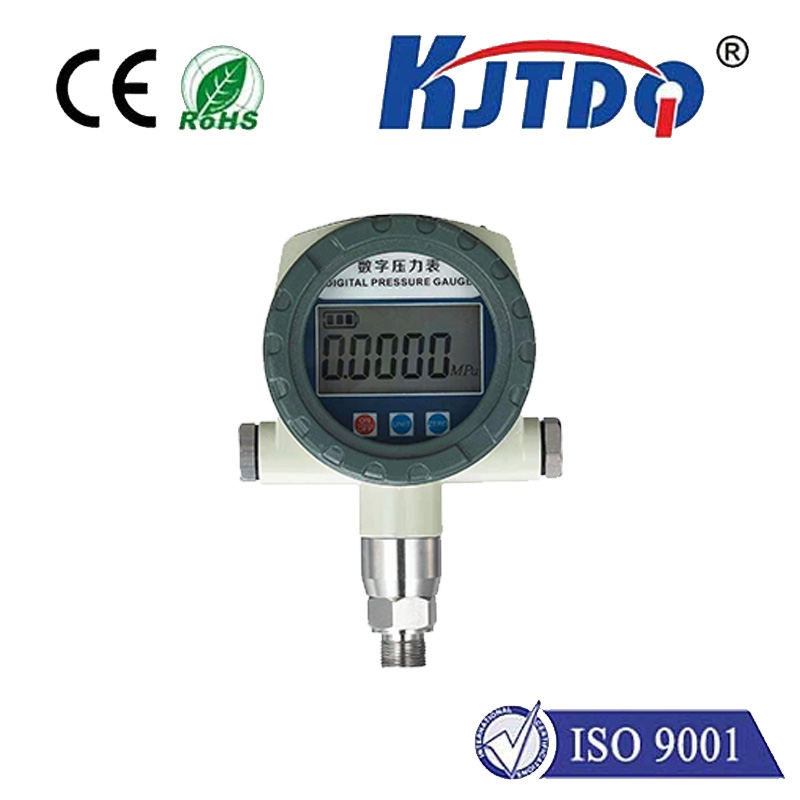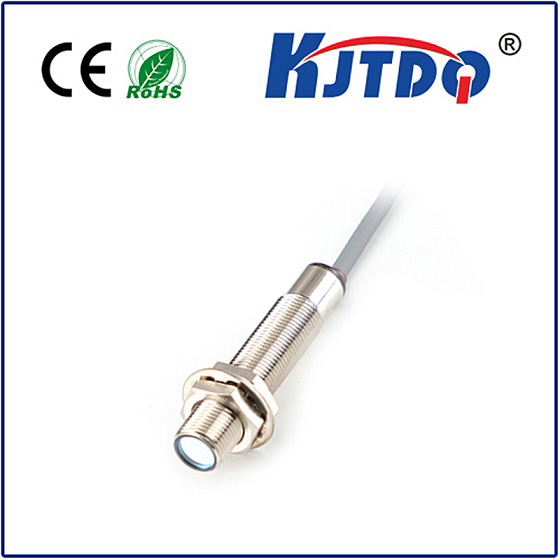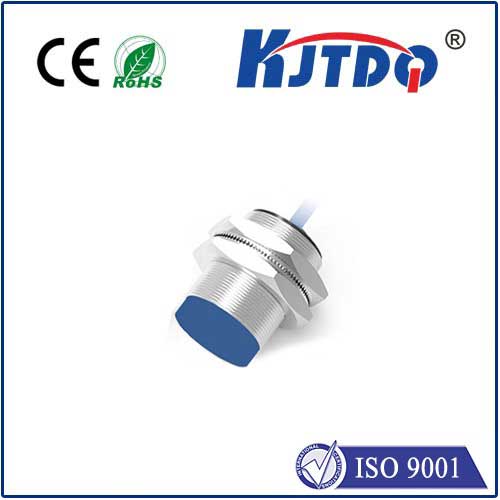

check

check

check

check
Ever wondered how your smartphone screen magically dims when held to your ear? Or how factory robots precisely navigate around obstacles without crashing? The unsung hero enabling countless modern conveniences and industrial efficiencies is often the digital proximity sensor. These sophisticated devices have transformed simple presence detection into a precise, intelligent, and highly adaptable function, moving far beyond the capabilities of their analog predecessors. Understanding their workings reveals why they are fundamental to the smarter, more responsive technology ecosystems shaping our world.
At their core, proximity sensors detect the presence or absence of objects within a defined range without physical contact. While various underlying technologies exist (inductive, capacitive, ultrasonic, photoelectric, etc.), the revolutionary shift lies in the “digital” aspect. Unlike traditional analog sensors that output a variable signal (like a changing voltage), digital proximity sensors incorporate integrated electronics. These circuits take the raw sensor signal and convert it into a clean, unambiguous, digital output – essentially a clear “ON” (object detected) or “OFF” (no object) signal, often represented by industry-standard voltage levels like 0V or 24V DC.

This fundamental shift from analog to digital proximity sensing delivers significant, tangible benefits:
The practical applications for digital proximity sensors are vast and expanding:
robotic arms placing components), part counting on conveyor belts (ensuring packaging lines run correctly), verifying the presence of components in assembly processes (preventing incomplete products), detecting end-of-travel positions on cylinders (safety & control), and monitoring fill levels in containers (non-contact level control). Their robustness is essential here.saving power & preventing accidental touches), detecting when a tablet cover is closed (auto sleep/wake), controlling touchless faucets and soap dispensers (promoting hygiene), and enabling gesture control interfaces (enhancing user experience).detecting obstacles), detecting open/closed status of doors, trunks, and sunroofs (for interior lighting & warnings), collision avoidance systems (front & rear sensors), and rain-sensing wipers (detecting water droplets on the windshield).energy savings in hallways, rooms), detect door/window positions for security systems (triggering alarms on unauthorized opening), and monitor occupancy in spaces (for HVAC optimization).The evolution towards digital proximity detection shows no signs of slowing. Key trends shaping the future include:
hearables, wearables, intricate medical instruments).IO-Link compatible digital sensors are rapidly gaining traction).From enabling the seamless user experience in your pocket device to guaranteeing the precision and safety of heavy industrial machinery, digital proximity sensors are indispensable components of the modern technological landscape. Their transition from simple analog devices to intelligent, reliable, and easily integrated digital solutions represents a significant leap forward in detection technology. As they continue to evolve with smarter features, smaller sizes, and better connectivity like IO-Link, their role in driving automation, efficiency, and innovation across virtually every sector will only become more profound.
